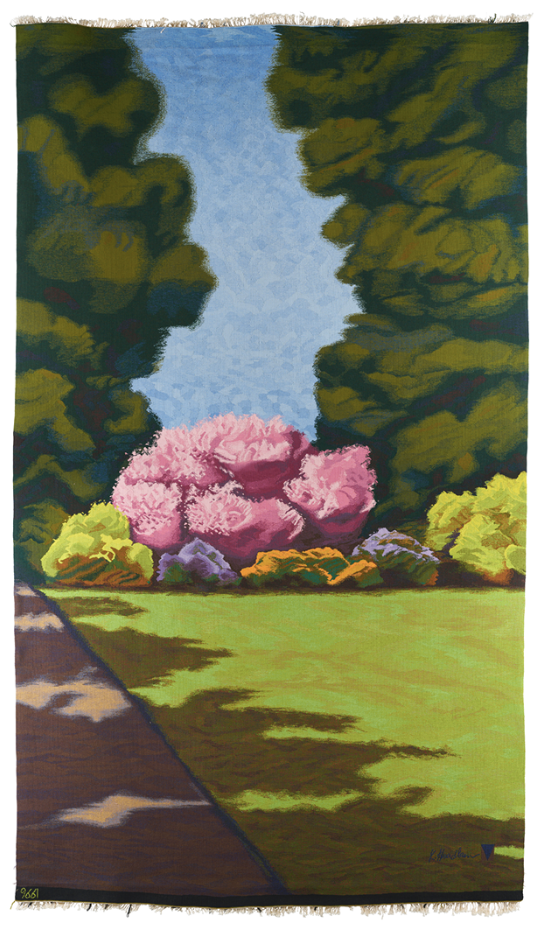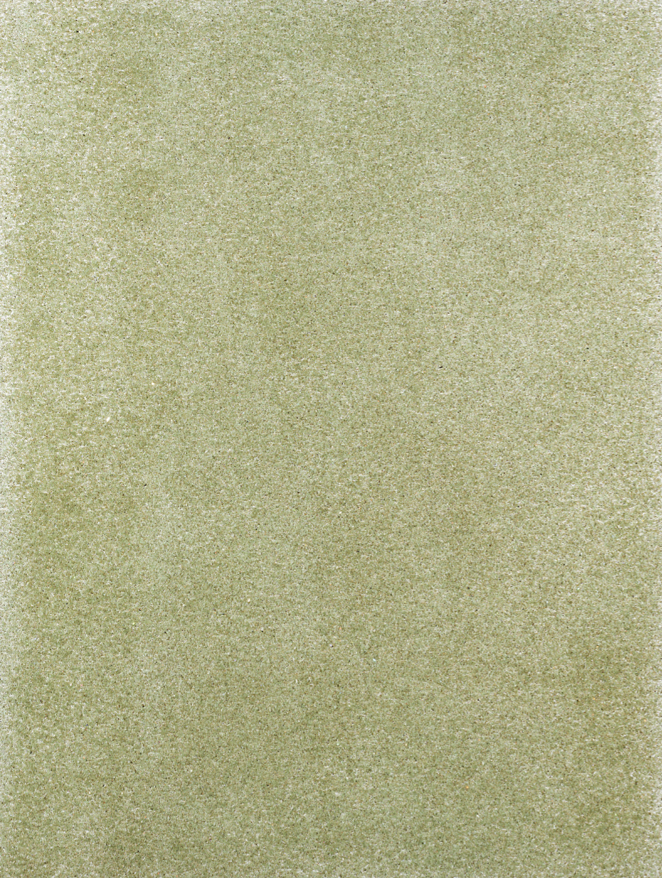Contemporary Australian Artists Redefining Artistic Medium.
Contemporary Australian artists are increasingly pushing beyond the confines of traditional painting, embracing unconventional materials and techniques to create innovative, thought-provoking works. From digital processes to found objects and textiles, contemporary artists are challenging perceptions of art and its material possibilities. We are thrilled to present works by the following artists in our upcoming Centum Contemporary Art Auction.

Day 1996, wool tapestry. $8,000 – 12,000
© Kristin Headlam/Copyright Agency, 2025
Michael Staniak is known for his innovative approach to texture and materiality, blurring the boundaries between digital aesthetics and traditional painting. His artworks often resemble digitally rendered surfaces but are, in fact, meticulously crafted using layered pigments, casting compounds, and unconventional painting techniques. By incorporating materials such as acrylic, marble dust, pulverised DVDs and casting plaster, Staniak creates richly textured surfaces that evoke the pixelated quality of digital screens, while remaining deeply tactile. His practice explores the tension between the physical and virtual, responding to the way images are consumed in the digital age. The interplay of light and shadow across his relief-like surfaces further enhances their illusionistic depth, inviting viewers to question whether they are encountering a screen-based image or a painting.
Linde Ivimey takes a sculptural approach in her artistic practice, crafting hauntingly intricate figures from organic and found materials, including animal bones from birds, sheep and fish, skin, hair and fabric. Ivimey keeps the raw materials that she uses to create her works in neatly organised boxes and categorised on shelves, grouping the different types of animal bones, teeth, eggshells, fabrics and gemstones. These materials are highly personal to the artist and deeply connected to her life, as she uses bones from meals she has cooked and from animals she has raised, waxed hair and teeth she has been gifted. Ivimey’s sculptures are technically complex and highly detailed and she employs a variety of skills to form the pieces such as welding, cooking, weaving, wood carving and sewing. Whilst her work can be viewed as macabre and confronting, her sculptures carry a deep sense of narrative, often evoking themes of memory, mortality, and spirituality.

$15,000 – 25,000
© Rosalie Gascoigne/Copyright Agency, 2025
Rosalie Gascoigne redefined contemporary assemblage with her innovative use of alternative materials, transforming discarded objects into poetic visual compositions. Drawing inspiration from the Australian landscape, she repurposed weathered road signs and timber, corrugated iron, and linoleum, imbuing her works with a raw, yet lyrical sensibility. Gascoigne’s signature aesthetic of fragmented text, sun-bleached hues, and rhythmic arrangements, evokes both the beauty and desolation of the natural world. By elevating the everyday into art, she challenges traditional notions of medium and material, cementing her legacy as a pioneering force in Australian contemporary art.
Kristin Headlam is traditionally known as a painter, however, she expanded her practice into textiles, collaborating with the Australian Tapestry Workshop in the 1990s (formally known as the Victorian Tapestry Workshop) to translate her detailed, narrative rich compositions into woven form. Her largescale tapestries retain the painterly quality of her work, while engaging with the rich, labour-intensive tradition of weaving; translating her imagery into a tactile and dimensional form. Through this medium, Headlam challenges the boundaries of contemporary storytelling, demonstrating the enduring power of tapestry as a vehicle for both technical mastery and conceptual depth.

These artists exemplify a broader movement in contemporary Australian art, where material exploration is central to artistic expression. By stepping beyond conventional painting, they redefine what it means to create, challenging audiences to engage with art in new and unexpected ways.
By Amanda North, Senior Fine Art Specialist
Top Image: LINDE IVIMEY (born 1965) Bride and Dowry 2012, steel armature, acrylic resin, cast and natural sheep, fish and chicken bones, woven vertebrae, dyed cotton, agates and sapphires. $8,000 – 12,000. © Linde Ivimey/Copyright Agency, 2025
March 2025
